How the Bates method is everywhere, always en with endless possibilities
I’d like to draw your attention to the Dutch way of approaching the Bates Method. I’ve had the pleasure of helping several Dutch clients, and I’ve noticed that they consistently ask two things:
- A timeline (and preferably a guarantee) for when they’ll be able to see clearly again.
- Clear instructions on which exercises to do, how often per day, in order to achieve sharp vision.
My belief is that this approach simply doesn’t work. It’s impossible to give a fixed timeline, and guarantees are completely out of the question. Everyone is different, and everyone treats their eyes differently.
It’s not about ‘doing exercises’. It’s about creating an environment where your eyes can just be themselves. Where they can do what they’re good at, and where they can function in a fully relaxed state.
Unfortunately for those who want a foolproof step-by-step plan, we teachers simply don’t know what exactly will help each client. It’s a journey of discovery where you find out for yourself what does and doesn’t work for your eyes, and which ‘exercise’ helps your eyes relax enough to resolve the quirks.
How to take care of your eyes?
That’s why, in this project, I want to advocate for taking the best possible care of your eyes. How do you do that?
- By letting your eyes play.
- By letting them move.
- And by offering them a stimulating environment.
Is that difficult? No, not at all. That stimulating environment can be anywhere, as long as you know where to look. And then suddenly, the possibilities become endless.
To show you what I mean, I’ll take you along on my daily walk. I usually leave the house around 5:15 AM and I walk nearly the same route every time. During this walk, there are several ‘exercises’ I can do. Of course, I don’t do them all every day. I choose whatever feels good for my eyes at that moment.
Let’s start the walk
I’ll show you through videos, photos, and explanatory captions.
Important: If at all possible, take off your glasses. This is easier on a familiar daily walk than in unfamiliar surroundings. And as you might notice in the video clips I share: I walk safely. I don’t run into anyone. That also makes it easier to leave your glasses off.
We start in the Bakstraat, where I walk between houses and where I can really see movement. As I walk forward, I see the houses to the side (with my peripheral vision) move backward. The paving stones seem to pass beneath me, moving backward as I move forward. The sky above me also moves backward, although that’s a bit harder to see in this narrow street.
In the next street, I could repeat the same exercise, but I don’t. This street has a long, straight curb, and you can calmly follow that curb with your eyes. Move your head up and down and let your gaze glide along the curb.
Occasionally close your eyes and visualize how the curb continues. Or recall how it looked behind you when you just passed it.
At the end of this street, I see a building with a high point and a kind of rod. I see that rod double, whether I look with both eyes or each eye separately.
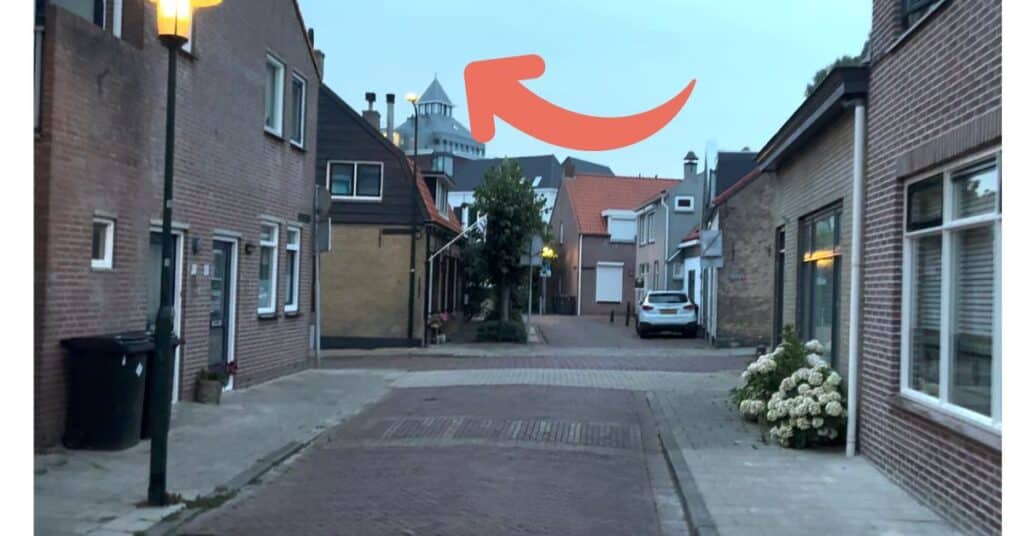
Still, every day I try to ‘swing’ toward the point and try to relax into the double vision. I’m convinced that one day I’ll see the rod as single.
We turn into the next street. I see a lot of white here. Since I love playing ‘laser on your nose’ with the color white, this street is a real treat.
‘Laser on your nose’ works like this: pretend there’s a laser beam coming out of the tip of your nose. If you want to see something, you need to aim that laser beam at it. But remember: it’s a laser beam. So if you aim your nose at (for example) curtains for too long, they’ll catch fire. It was a laser beam, remember!
So you want to keep moving your head and only aim your nose briefly, no more than a second, to prevent setting things ablaze 😄.
Another game for my eyes is reading license plates. There are always lots of parked cars here. So from what distance can I read a plate? I give myself a little applause when I manage to read the letters from far away and they turn out to be correct. I only know for sure once I get close. How do I stay relaxed while doingthis? By constantly swinging and swaying.
Cherry on top
The last part of the former video, to me is the cherry on top.
At the entrance of the park, there are trees, and before I started working with the Bates method, I always saw the position of those trees as flat. Like I was looking at a photo.
I still sometimes see it that way when I’m tired or when my eyes are fatigued. But these days, I almost always see in 3D. I clearly see the depth and the space between the trees, especially when I look slightly downward, just above the ground.
As I walk toward the trees, it feels like I’m entering an enchanted forest. Because I didn’t see in 3D for such a long time (more than 50 years of my life), it feels like a miracle to now see the three-dimensionality so clearly.
I now arrive at a fairly wide road. On the left, I still see trees. And with these trees too, I now see 3D, depth and space between them.
On my right, I see lampposts. They’re neatly lined up, which invites my eyes to jump from one to the next, back and forth.
Another game for my eyes: there are houses on the right side of the road. When I move my head from side to side, I notice that the houses behind the front row move at a different pace than the ones closer to me.
The ones farther away seem to move more and more slowly.
It’s like the spoke of a wheel: the closer you are to the center, the smaller the movement; the farther out you are, the bigger the movement. I can see this very clearly when I sway gently, and I notice how this helps my eyes relax.
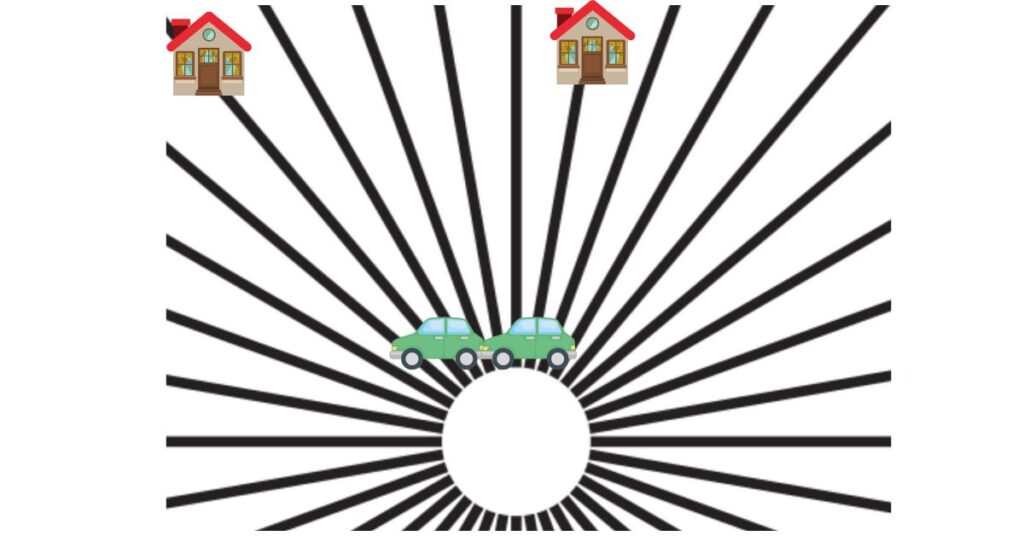
What’s funny: I can see all this with my eyes, but my camera doesn’t capture it at all.
Then I enter a street lined with trees and a wide variety of license plates and my favorite color white, perfect for playing the ‘laser on my nose’ game. In short: plenty for my eyes to see and play with.
Something else I often do here is sway gently in front of the reeds and the grass,while looking at the trees on the other side. Then I see something like an accordion effect: the trees in the distance move along with my movement, while the reeds move in the opposite direction. As a result, the space between the reeds and the trees appears to open and close.
Since I keep passing cars along the way, I can play the license plate game, but there’s more. I regularly spot lettering on the cars as well. That’s why I always carry a barbecue stick in my coat pocket. I trace the letters with my stick. First with both eyes, then with each eye separately, and finally once again with both eyes together.
After each tracing with my eyes open, I close my eyes and visualize what I’ve just seen, trying to recall the letters from memory.
Even here, it doesn’t have to be perfect or precise. If I’ve forgotten my barbecue stick, I simply pick up a small twig from the ground. Works like a charm. Or I use my finger.
In the meantime, I enter the next park. And here we have a beautiful avenue withtrees on both sides.
It’s such a joy to walk through here and to see the space between the trees. Especially when I move my head from side to side. Which we call a head sway.
As we walk on, I see opportunities everywhere to sway and to play ‘laser on your nose’.
If you choose the color white, it’s one big celebration. But other colors work too. What I’ve learned by now is that you can play ‘laser on your nose’ with just about any color. Because once you start looking for a certain color, you’re bound to find it.
Be gentle with yourself in this. If you pick purple, for instance, and you see pink flowers hanging, you’re welcome to call that purple. Or if something is blue, you can also call it purple.
It doesn’t matter as long as you walk around with awareness and pay attention to everything there is to see. And throughout my walk, I can practice my peripheral vision just about anywhere. Because wherever I go, I see things moving beside, above, and below me, shifting backward as I move forward.
I also regularly come across long curb stones. They’re perfect for following the line with my eyes.
We now walk up a dike, and at the top we find two traffic signs indicating that only pedestrians are allowed.
This is a great place to sway or swing. Sway your eyes from one sign to theother. Say hello and goodbye to one sign, then do the same with the other, and repeat.
We continue walking along the dike and now, across the field, I see a row of trees.
In the summer you can’t see what’s behind them, but in winter it becomes very clear: there are lights hanging on the houses behind the (then bare) trees.
If you stand on the dike in winter and look at those houses, you can let your eyes swing. Tick, tick, tick. From one little light to the next.
At the end of the dike there’s another pair of identical traffic signs, facing eachother.
Where I prefer to sway forward and back between the other signs at the beginning of the dike, here I love to make a long swing, so that I briefly see the signs right in front of me.
When I look down at the same spot on the dike, I see a lot of cars. License plates, but also colors and lettering. I can also look at the hotels and restaurants, each one has its own name.
Sometimes the letters are simple and clear, like on a van from ‘Hijsko’, and sometimes they’re more decorative and complex, like on ‘Jack’s’.
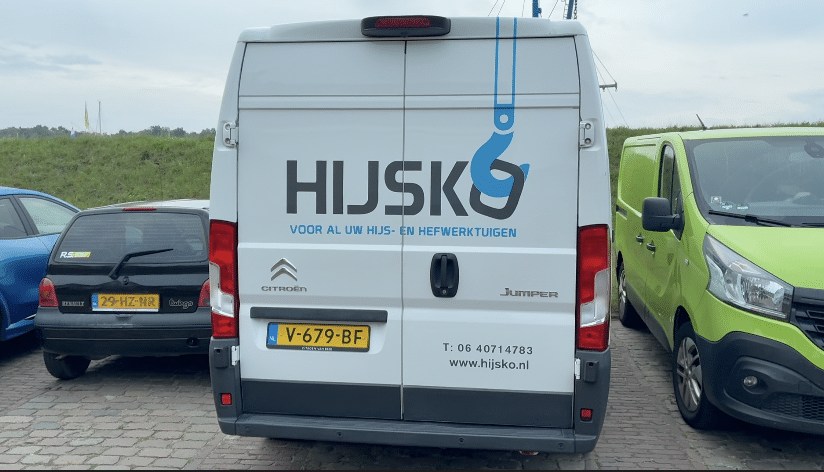
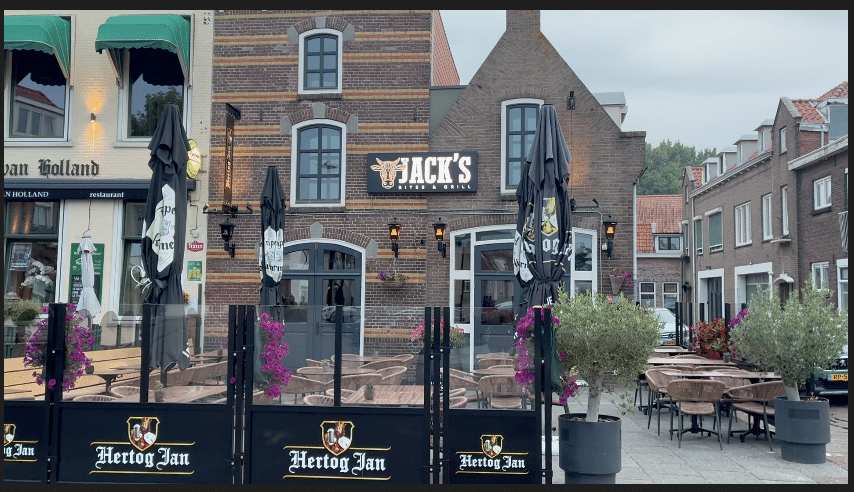
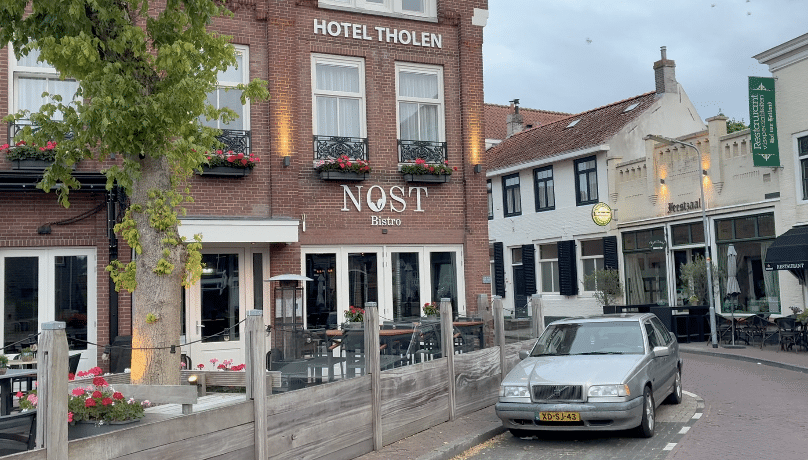
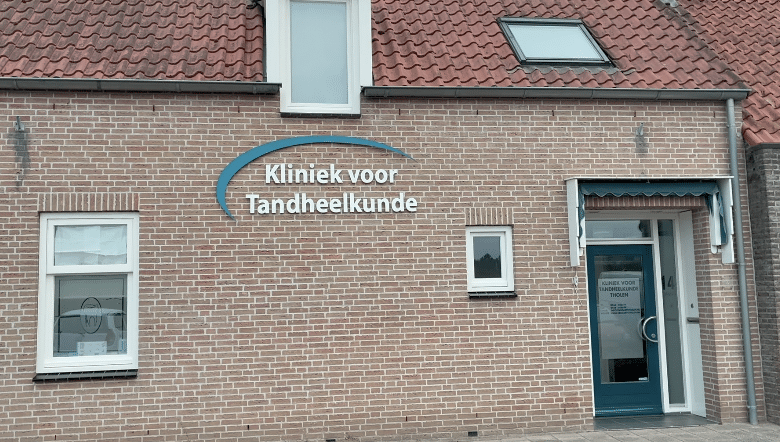
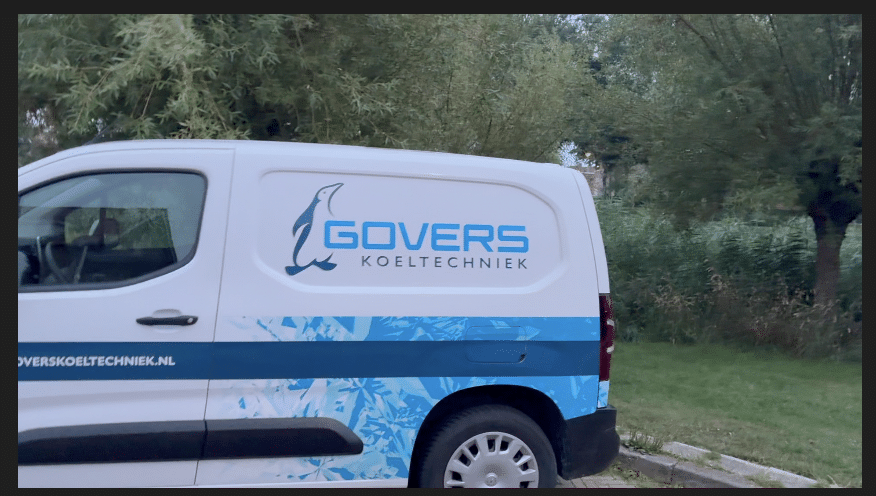
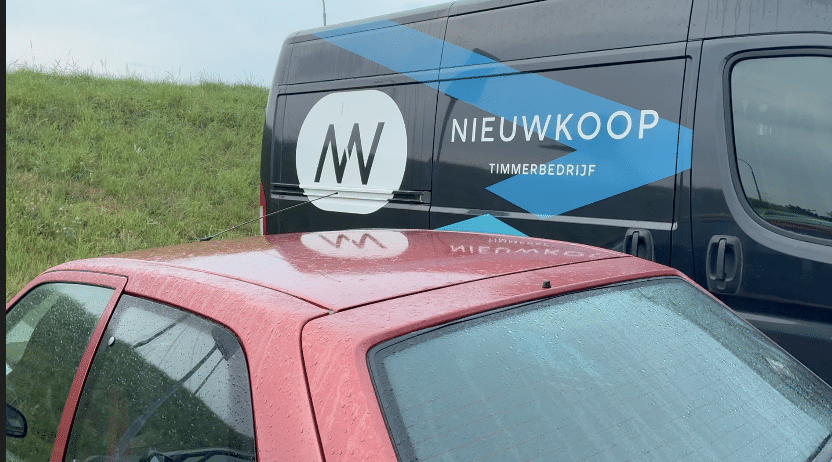
And there’s more you can do along the way: look at the flowers.
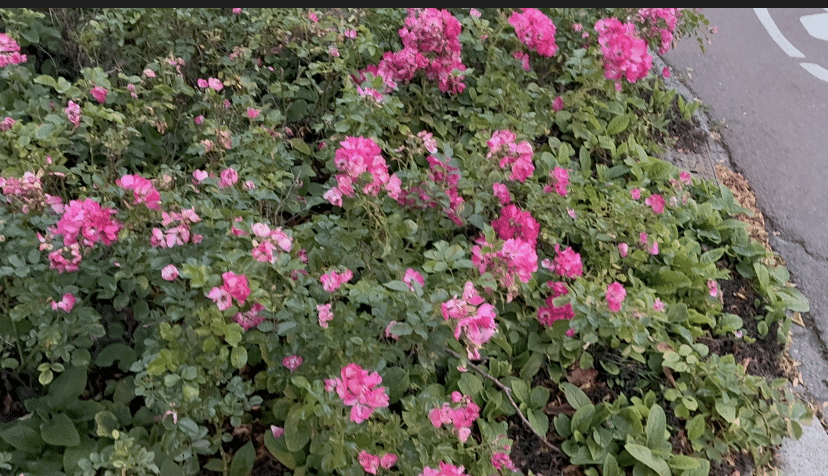
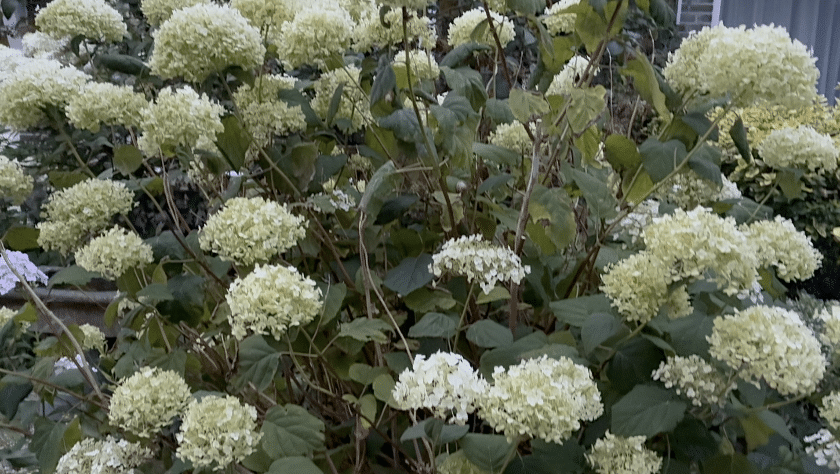
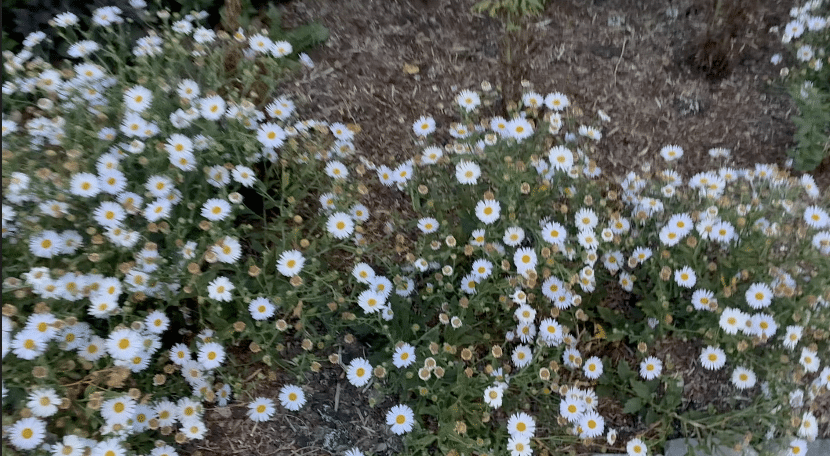

They’re everywhere, and you can find them in every season. You can see 3D in them very clearly. There’s a base, a stem, leaves, and a flower. There’s space in that. And the longer you look at it (don’t forget to blink and breathe) and sway a little, the sooner that 3D image will appear.
In summer, I get to enjoy my final trump card: the sun is rising now.
During my morning walk, I love to sunbathe in the early morning sun. I do this with my eyes open. It’s perfectly fine in a red looking sun.
After sunning, I always palm for a moment, even though I’m still out on the dike. I’ve noticed that passersby find this a bit strange, so I just do a very short palm and then head home, where I sit on the couch and palm for another 15 minutes. A bit of meditative music on, and I let my eyes process the walk.
Something I find quite funny: I tried filming the sunrise with my camera, but with my eyes, I see a much bigger and more beautiful sunrise than what appears on screen.
We’ve now reached the end of my walk. And what have we learned?
The Bates Method isn’t about ‘doing exercises’ in the traditional sense, like doing a fixed 15 minutes in the morning and 15 minutes in the evening, and then spending the rest of the day using your eyes the wrong way.
- Overloading them.
- Staring constantly.
- Wearing glasses.
- Forgetting to blink.
And then wondering, ‘Why aren’t my eyes improving?’
Yes, it’s good to do specific exercises and I also do them. They take me about half an hour a day..
But even more important is this: whenever you become aware, turn it into a little game with your eyes. Let them relax. That’s possible almost all the time.
If you just look at what I do in this 30-minute walk, you’ll see how many opportunities there are to engage your eyes. That’s playing. That’s relaxing. It’s not exercise.
And that’s when you’ll start to see results. Literally and figuratively.
Important:
- Don’t forget to blink.
- Don’t forget to breathe.
- Let your eyes float.
- Look, discover, play.
- Let it happen.
And sometimes you’ll see certain things. And sometimes you won’t.
I still have days when I don’t see any 3D at all as I walk past trees. That’s okay too. I let it go and think, next time will be better.
Conclusion:
I told this story to a friend who said,
‘That probably won’t work for me because I sit in an office all day.’
I smiled and told her it absolutely could work for her. Because in an office, you have the exact same possibilities as outside.
What can you do in an office?
- Look around. You probably look at things up close all the time, so also look into the distance.
- Does the sun shine through your window? Try sunning.
- Look around your computer and follow the outline of the monitor with your eyes, then continue with your work.
- Play laser on your nose: scan the room and let your eyes land on a color you’ve chosen. I bet you’ll find that color. Whatever color you pick.
- During a meeting, look at a colleague and trace the outline of their body and head with your eyes.
- Need a moment to think deeply? Maybe you can palm for a bit. It’s not the most ideal way to rest your eyes, because ideally you’d relax your mind as well. But giving your eyes a bit of darkness is still better than nothing.
See how much is possible?
And Dr. Bates would have completely agreed with me here. Because what does Dr. Bates himself write in his book? On page 286 of Better Eyesight Without Glasses, he writes:
Under conditions of actual warfare, or on the parade grounds of training camps, a Snellen test card might be impracticable; but there are other letters, or small objects.
On the uniforms, on the guns, on the wagons, or elsewhere, which would serve the purpose equally well. Letters or objects which require a vision of 20/20 should be selected by someone who has been taught what 20/20 means, and the men should be required toregard these letters or objects twice a day.
After reading the letters they should be directed to cover their closed eyes with the palms of their hands to shut out all the light, and remember some color, preferably black, as well as they are able to see it, for half a minute. Then they should read the letters again and note any improvement in vision.The whole procedure would take not more than a minute. It should be made part of the regular drill, night and morning.
Practical joke 😀
Would this be an option for Docter Bates?
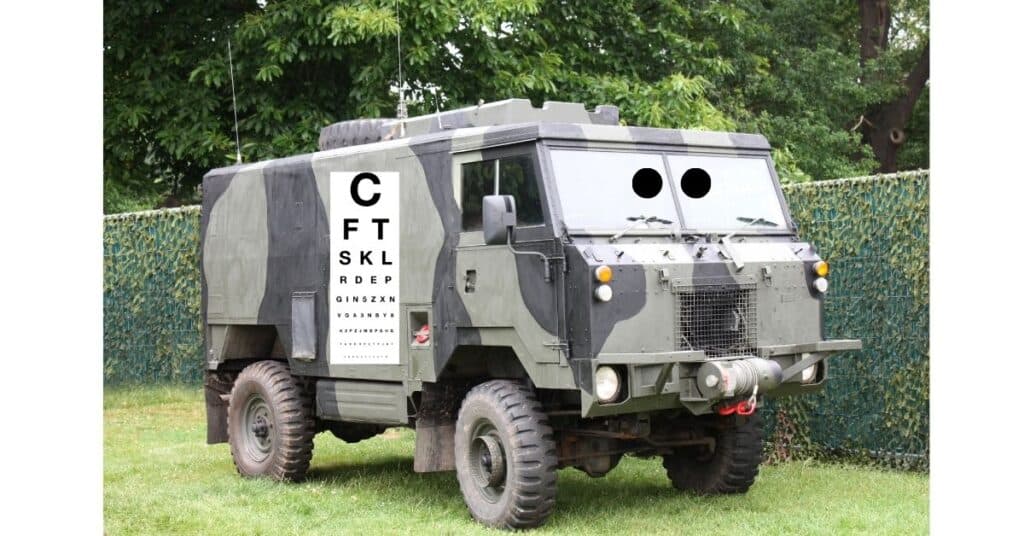
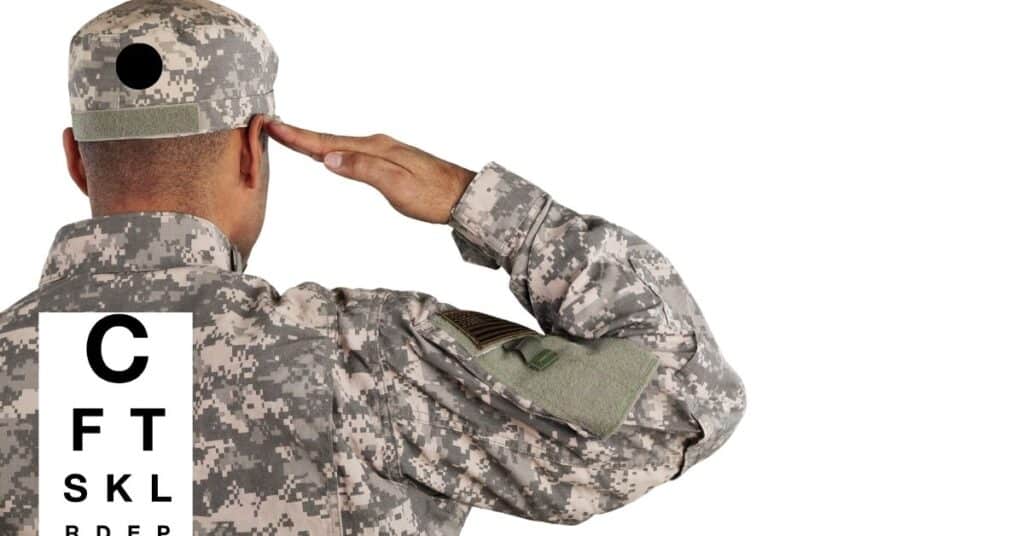
Find the 3 dots and the 2 Snellen-charts 🙃.
